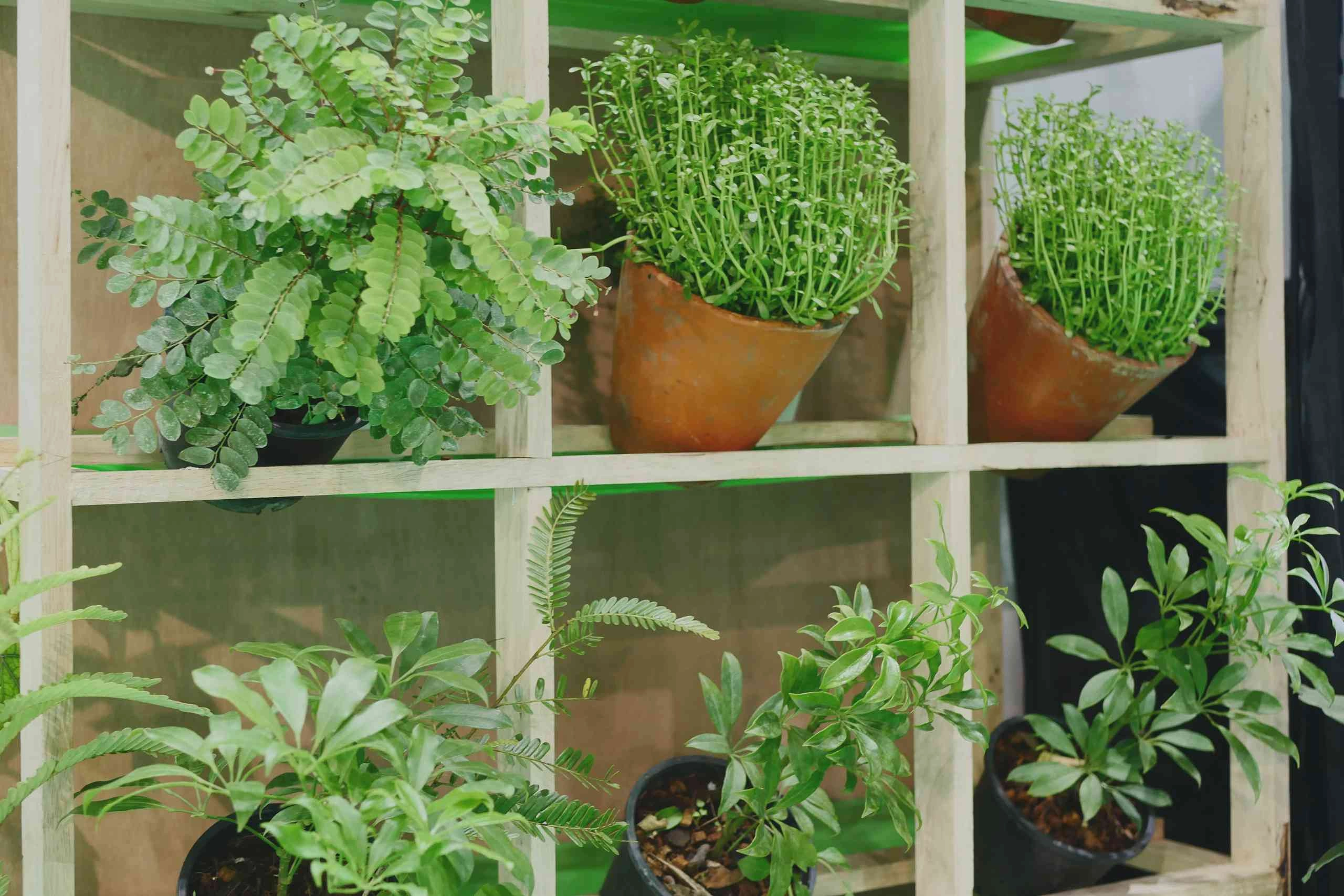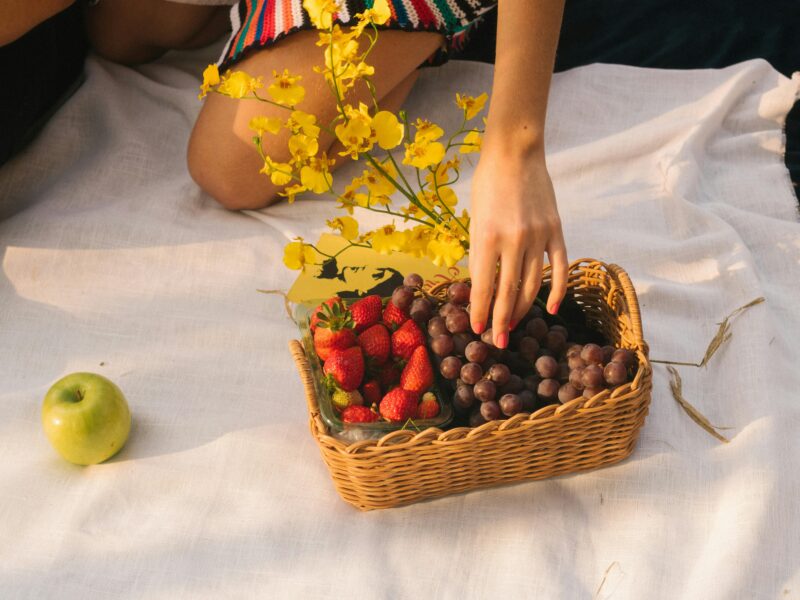Gardening is often associated with sprawling landscapes and expansive yards, but you don’t need a large outdoor space to enjoy the benefits of growing your own plants. Container gardening is an excellent solution for those with limited space, whether you live in an apartment, have a small patio, or simply want to add some greenery to your balcony. With the right techniques, you can create a lush, vibrant garden in containers that rivals any traditional garden. In this blog post, we’ll explore the essentials of container gardening, from selecting the right containers and soil to choosing the best plants and maintaining your garden.
1. Choosing the Right Containers: Size, Material, and Drainage
The first step in successful container gardening is selecting the right containers for your plants. The type of container you choose will affect everything from plant health to ease of maintenance.
Tips for Choosing Containers:
- Size Matters: The size of your container is crucial. Too small, and your plants may become root-bound, struggling to access nutrients and water. Too large, and the soil may retain too much moisture, leading to root rot. As a general rule, choose containers that are at least 8-12 inches in diameter and depth for most plants. For larger plants like tomatoes or shrubs, opt for containers that are 18 inches or more in diameter.
- Material Considerations: Containers come in a variety of materials, including plastic, terracotta, ceramic, and metal. Plastic containers are lightweight and affordable but may degrade over time in the sun. Terracotta pots are porous and allow for better airflow, but they can dry out quickly. Ceramic pots are decorative and durable but can be heavy. Metal containers are stylish but can heat up quickly in the sun, which may harm your plants. Consider the pros and cons of each material and choose what works best for your space and climate.
- Ensure Proper Drainage: Good drainage is essential in container gardening to prevent waterlogged soil and root rot. Ensure your containers have drainage holes at the bottom. If they don’t, you can drill holes yourself. To improve drainage, you can also add a layer of gravel or small stones at the bottom of the container before adding soil.
Pro Tip: Consider using self-watering containers, which have a built-in reservoir at the bottom. These containers help maintain consistent moisture levels, reducing the frequency of watering.
2. Selecting the Right Soil: A Key to Healthy Plants
Soil quality is crucial in container gardening because it provides the nutrients your plants need to thrive. However, garden soil is not ideal for containers, as it can become compacted and restrict root growth.
Tips for Choosing the Right Soil:
- Use Potting Mix: Instead of using garden soil, opt for a high-quality potting mix specifically designed for container gardening. Potting mixes are lightweight, well-draining, and rich in organic matter. They provide the right balance of air, moisture, and nutrients that plants need to grow in containers.
- Add Organic Matter: To improve soil fertility, mix in some organic matter, such as compost or well-rotted manure. Organic matter not only adds essential nutrients but also improves soil structure, helping to retain moisture while still allowing excess water to drain away.
- Consider Specialized Mixes: Depending on what you’re growing, you may need a specialized potting mix. For example, cacti and succulents thrive in a sandy, well-draining mix, while acid-loving plants like azaleas and blueberries may require an acidic potting mix.
Pro Tip: Refresh the potting mix in your containers each year to replenish nutrients and improve soil structure. You can either replace the top few inches of soil or completely repot the plant with fresh mix.
3. Choosing the Right Plants: What Grows Best in Containers?
Not all plants are suited for container gardening, so it’s important to choose varieties that will thrive in your space. When selecting plants, consider factors like light requirements, growth habits, and your climate.
Tips for Choosing Container-Friendly Plants:
- Opt for Compact Varieties: Many plants come in compact or dwarf varieties that are specifically bred for containers. These plants are smaller in size but still produce flowers, fruits, or foliage similar to their larger counterparts. Look for terms like “dwarf,” “miniature,” or “compact” on plant labels.
- Consider Light Requirements: Assess how much sunlight your space receives throughout the day. Full-sun plants need at least 6 hours of direct sunlight, while partial-sun or shade-loving plants can thrive with less. Choose plants that match the light conditions of your space.
- Mix and Match: Don’t be afraid to mix different types of plants in one container. Combining plants with varying heights, textures, and colors can create a visually appealing arrangement. For example, pair trailing plants like ivy with upright plants like geraniums, and add a few filler plants like petunias to create a balanced look.
Pro Tip: Some great container-friendly plants include herbs (basil, thyme, mint), vegetables (lettuce, cherry tomatoes, peppers), flowers (marigolds, pansies, begonias), and succulents (aloe vera, echeveria, sedum).
4. Planting and Arranging Your Container Garden
Once you’ve selected your containers, soil, and plants, it’s time to start planting. Proper planting techniques and thoughtful arrangement will set your container garden up for success.
Steps for Planting and Arranging:
- Fill the Container: Begin by filling your container with potting mix, leaving about 2 inches of space from the top. Gently tap the container to settle the soil, but avoid packing it down too tightly, as roots need room to grow.
- Position the Plants: Arrange your plants in the container before planting to see how they’ll look together. Taller plants should go in the center or back of the container, with shorter plants around the edges. If you’re using a combination of plants, group them by their water and light needs.
- Planting Depth: When planting, dig a hole slightly larger than the plant’s root ball. Place the plant in the hole, ensuring it sits at the same depth it was in its original pot. Fill in around the roots with potting mix, gently pressing down to eliminate air pockets.
- Water Thoroughly: After planting, water your container thoroughly to help settle the soil and establish the plants. Be sure to water slowly and evenly, allowing the water to reach the root zone.
Pro Tip: Add a layer of mulch on top of the soil to help retain moisture and reduce weeds. Mulch also gives your container garden a finished look.
5. Maintaining Your Container Garden: Watering, Fertilizing, and Pruning
Container gardening requires regular maintenance to keep your plants healthy and thriving. This includes watering, fertilizing, and pruning as needed.
Tips for Maintaining Your Container Garden:
- Water Consistently: Containers dry out faster than garden beds, so regular watering is crucial. Check your containers daily, especially during hot weather. Water when the top inch of soil feels dry, and be sure to water until it runs out of the drainage holes.
- Fertilize Regularly: Since nutrients in potting mix can be depleted quickly, container plants need regular feeding. Use a balanced, water-soluble fertilizer every 2-4 weeks during the growing season. Be careful not to over-fertilize, as this can lead to excessive growth and weak plants.
- Prune and Deadhead: Regularly prune your container plants to remove dead or damaged growth and encourage healthy new growth. Deadheading (removing spent flowers) helps promote continuous blooming in flowering plants.
Pro Tip: Rotate your containers every few weeks to ensure all sides receive equal sunlight and to prevent plants from leaning toward the light.
6. Seasonal Care: Adapting Your Container Garden Throughout the Year
Container gardening isn’t just a spring and summer activity—your plants need care throughout the year, and with a little planning, you can enjoy a beautiful container garden in every season.
Tips for Seasonal Container Gardening:
- Spring: In spring, refresh your containers with new potting mix and start planting cool-season annuals like pansies and snapdragons. This is also a great time to plant herbs and vegetables.
- Summer: As temperatures rise, focus on heat-tolerant plants like succulents and tropicals. Keep a close eye on watering needs, as containers can dry out quickly in the summer sun.
- Fall: Transition to fall-friendly plants like mums, ornamental kale, and asters. Consider adding pumpkins or gourds to your containers for a festive autumn look.
- Winter: In mild climates, you can plant winter-hardy plants like evergreens, heathers, and winter pansies. In colder regions, consider bringing containers indoors or protecting them from frost with covers or insulating materials.
Pro Tip: If you live in an area with harsh winters, use frost-proof containers made of materials like fiberglass or heavy-duty plastic, which can withstand freezing temperatures.
Container gardening offers a versatile and accessible way to grow plants, even in the smallest of spaces. Whether you’re cultivating a herb garden on your kitchen windowsill, growing vegetables on your balcony, or creating a flower-filled oasis on your patio, the possibilities are endless.
By choosing the right containers, soil, and plants, and by following proper planting and maintenance techniques, you can create a thriving container garden that brings beauty, flavor, and joy to your home. Remember, gardening is as much about
the journey as it is about the results, so take the time to experiment, learn, and enjoy the process.
With a little care and creativity, you can transform any small space into a lush, green paradise. Happy gardening!


